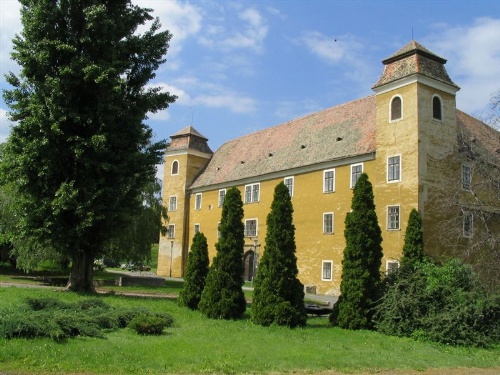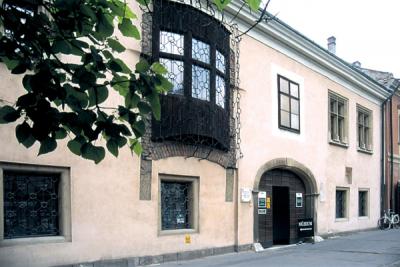The town of Mosonmagyaróvár is situated at the crossing point of the rivers Mosoni-Danube and Lajta, at about 34 km from Bratislava and 84 km from Vienna.
Mosonmagyaróvár was already known in the Roman age as a watch-post along the limes under the Latin name Ad Flexum. After the Conquest it was used as a reeve-site, later it became a shire town.

The Fort of Óvár is a construction with an irregular quadratic ground-plan built in the 13th century upon the ruins of the Roman settlement and reconstructed several times since then. In 1818 an agricultural-type high level educational institution was founded in the fort by Prince Albert Casimir of Saxony-Teschen, the son-in-law of Queen Maria Theresa of the House of Habsburg. The university of today to be found in the fort (the Western-Hungarian University’s Department of Agriculture and Food Industry) is its legal successor.

The main adornment of the Fő Street is the so-called Cselley-house. In the building with even Gothic marks, there is the Hansági Regional Museum housing an arts and crafts exhibition, the Gyurkovics-Collection, and in the wagon-vaulted cellar, a ‘lapidarium’ (ancient stone collection) from the Roman age.

In the Magyar Street – pedestrian street – stands the Saint Gotthard parishchurch built in the 18th century. The crypt of the church is the burying-place of Archduke Friedrich of Austria, member of the House of Habsburg and his wife.